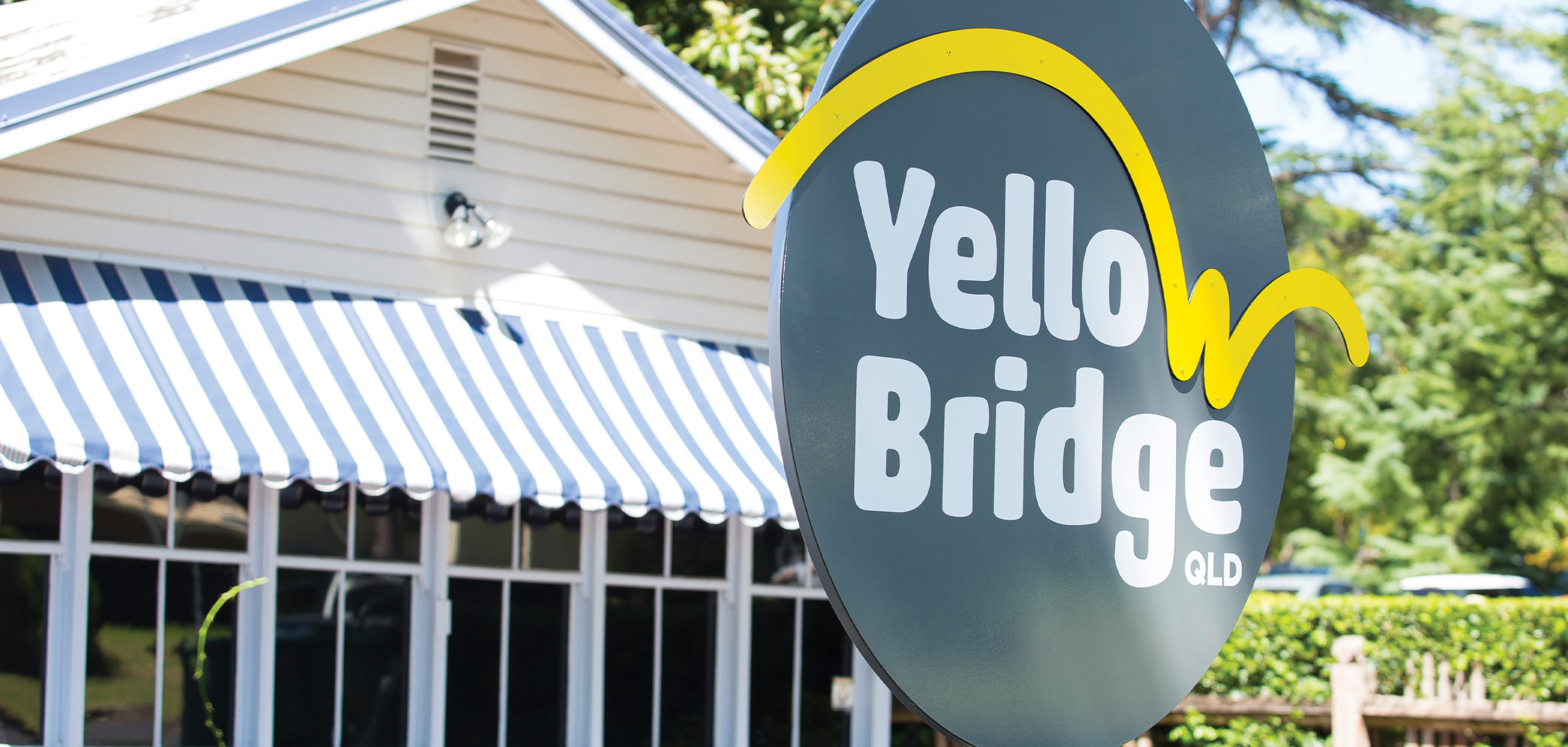Around the house
Easy, cheap and green cleaning solutions
Fabric softener
Vinegar is a cheap and effective fabric softener. Add 1/4 cup to your washing machine’s softener dispenser for clean, soft clothes and towels.
Shower and bath
- Spray straight vinegar on tiles and grout. Let sit for a few minutes then use a scrub brush to brighten grout. The vinegar will also help to reduce mildew
- Soak your shower head in vinegar and water to remove mineral deposits. Spray the shower head, cover with a plastic bag and let sit for a few hours or overnight
- Fill shower tracks with vinegar and let sit for a few hours to remove accumulated soap deposits. Use an old toothbrush and warm water to scrub clean
Toilet cleaner
Sprinkle baking soda directly onto inside of toilet basin and under the rim. Add distilled white vinegar and let it foam slightly, then scrub clean with toilet brush. Then, dampen a soft rag with straight vinegar and use to wipe around the top and bottom of seat.
Drain cleaner
Pour 1/2 cup of baking soda into drain, followed by 1/2 cup of white vinegar. Let it bubble then flush with 2 litres of hot water (NOTE: Do not use this method if you have recently used commercial drain cleaners).
Basic all-purpose cleaner
Dissolve 1/4 cup baking soda in 1 litre of water and pour into spray bottle. This mixture can be used as a general cleaner for all surfaces.
Windows and mirrors
In a spray bottle, mix 50% white vinegar and 50% tap water. Spray on to window or mirror and wipe clean with paper towel. For grimy glass, prewash with warm soapy water followed by vinegar spray.
Weeds
White vinegar works well to kill weeds between brick pavers and concrete sidewalks. Use it full strength in a spray bottle but make sure you aim carefully to avoid harming other plants.
Ant deterrent
In a spray bottle, mix 50% white vinegar and 50% tap water. Spray onto surfaces (windowsills, doorways) to deter ants.
Carpet stains
Rub light carpet stains with a mixture of 2 tablespoons of salt dissolved in 1/2 cup of white vinegar. Let the mixture dry then vacuum.
Stainless steel sinks
Sprinkle bi-carb soda on a damp sponge, scrub the sink and rinse with clean water.
Securing your vehicle
Most car thefts are opportunistic. Here are some hints to reduce the risk of having your car stolen or broken in to.
- Always lock your vehicle, including the boot and sun roof and remember to fully close the windows
- Remove or place out of sight all valuables and personal documents when leaving your car unattended
- Park your car in a well-lit and highly visible area
- Wherever possible, use off street parking or secure parking
- Remove keys from the ignition if your vehicle is parked or unattended – even if only for a minute
- Don’t hide spare keys on the vehicle – thieves know where to look
- Take your vehicle keys with you if you are going out, even if you are leaving your vehicle at home
- Don’t mark your keys with personal or vehicle details
- Don’t leave vehicle keys lying around on tables, benches, bedside tables or key hooks – keep them out of sight
- When parking in a garage, ensure both the garage and vehicle are locked and the garage door remotes are secured
- Consider using the following to help protect your vehicle – car alarm, immobiliser, ignition shield, steering wheel lock, winidow etching, microdots or GPS tracker
- Use lockable devices such as lockable fuel caps, wheel nuts, spare tyre covers, roof racks
- For older vehicles install an engine immobiliser that meets Australian Standards A4601:1999
- Secure your vehicle’s registration plates with one way screws
- These tips thanks to Queensland Police. For more information visit www.carsafe.com.au
Keeping your property safe
Thieves usually steal items of value that can be quickly converted to cash. Protect your property with these tips.
- Use an engraver. Engravers are available for loan, free of charge, from your local police station or try contacting your local Neighbourhood Watch group. Seek advice before using an engraver as not all items are suitable for engraving
- Use identification (ID) warning stickers on personal property and on windows and doors to deter potential thieves. ID stickers are available from your local police station
- Use microdots. Microdots are a modern way of marking property for identification and home kits are available from selected retailers and suppliers
- Keep photographic records of your property that cannot be engraved such as jewellery, artwork, collectables, silverware and stamp and coin collections. Use a ruler or matchbox beside the object when photographing to help determine size
- Keep a list of all serial numbers, model numbers and specific features of your personal property on a Personal Inventory List. Keep the list and any valuable certificates in a safe place in the event of any insurance claims
